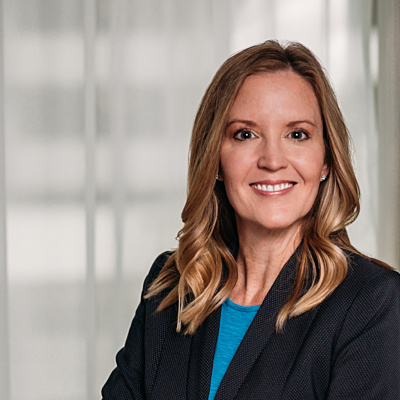SmartyGrants joins global battle to ‘fix the form’
Posted on 13 Dec 2021
By Matthew Schulz, journalist, Our Community

As a global campaign to streamline and simplify grantmaking applications dubbed “Fix the Form” builds momentum in the northern hemisphere, SmartyGrants is keeping a close eye on how it measures up.
In many ways, SmartyGrants appears ahead of the game, having already committed itself to combatting what the organisation has previously labelled “grants rage”.
The Fix the Form campaign, led by US-based review site GrantAdvisor (which allows grantseekers to post anonymous reviews of the funders they depend on for grants), has taken another big step with the release of research into common questions used in grant applications.
This follows an analysis of 3600 form fields and more than 130 grant applications by the Technology Association of Grantmakers (TAG).
That study found that 39% of the fields used in grant applications overlapped, in a sample drawn from grant applications from across North America, the United Kingdom and the European Union.
TAG recently published a list of the most common questions included in shared form fields across 13 areas, with top areas of repetition including:
- organisational activities (22%)
- requested grant funding (20%)
- budgeting, revenue and forecasts (20%)
- biographical and general information (19%)

"What this research shows is that grantmakers share a baseline set of questions that could, and perhaps should, be pre-populated in some fashion without requiring effort from non-profits," TAG executive director Chantal Forster said.
“Many of the shared form fields are candidates for auto-population from shared data repositories or removal altogether.
“This data is a call to modernise and leverage technology to create space and time for a more humane philanthropy."
Our Community executive director Kathy Richardson said SmartyGrants users had access to a suite of 26 standard fields that helped standardise commonly asked questions within forms across all sectors.
Standard fields included basic questions (project title, brief project description, etc), classification questions, gender lens questions, and evaluation questions, as well as a set of common contact fields.
She said the platform made it easy for grantmakers to add the standard fields to a form “with a click of a button”.

“This makes it easier for grantmakers, but also means Australia’s 600,000 not-for-profits and other applicants get to see these fields over and over again.”
SmartyGrants had also developed a suite of “standard sections” comprising sets of related questions designed to help grantmakers track outcomes.
“Both standard fields and standard sections have magical qualities that allow responses to flow from form to form so that grantees can see what they entered last time and provide timely updates,” she said.
“This makes it easier for grantees to track and report, easier for grantmakers to aggregate the results, and easier for everyone to report on and gain insights from the results.”
She said a new system under development, called SmartyFile, would allow grant applicants to store answers for each of those standard fields (among other things), and pre-fill application and progress forms.
Ms Richardson said SmartyGrants data scientists had recently analysed around 700,000 grant form questions from both the philanthropic and government sectors to identify the most common fields. As in the TAG project, some common themes have emerged.
“Any new questions will complement our existing set of standard and contact fields,” she said.
Ms Richardson said SmartyGrants was pleased to take part in the global effort to “fix the form”.
“As a social enterprise we believe in helping grantmakers and not-for-profits to squeeze every last cent out of those precious grants funds.”
And she hoped the Fix the Form campaign would extend from the philanthropic sphere to incorporate improvements in government grants, which represented the dominant grantmaking mode in Australia.
“It’s our strong belief that the silos between government and philanthropic grants have to come down. In Australia, philanthropic funds are very important but when you look at the total quantum, government grants are the main show in town,” she said.
“Not-for-profits apply to any and all funders, so any streamlining efforts need to go beyond silos.”
SmartyGrants recently published a breakdown of key pain points by grantseekers as raised in the Fix the Form campaign, and what the platform was doing to address those issues.
More information
Grants rage is on the rise, and here’s how we plan to stop it
Technology Association of Grantmakers FixTheForm studies: Common grant question fields | Application similarity analysis
FixTheForm 2.0: GrantAdvisor’s latest survey questions | Fix The Form campaign